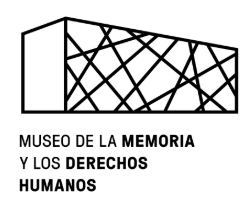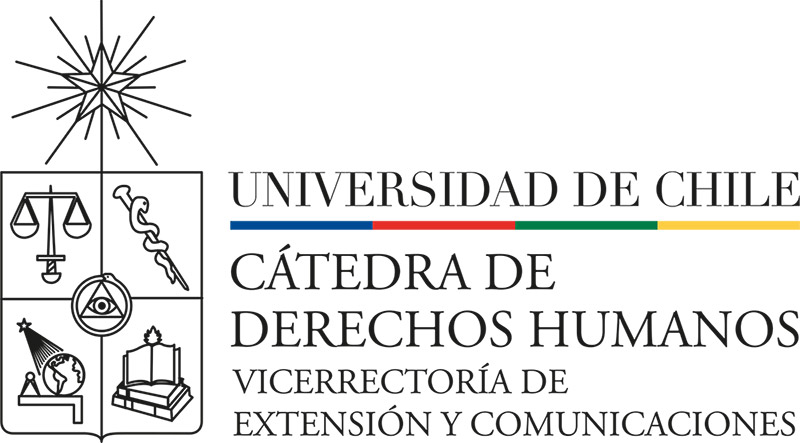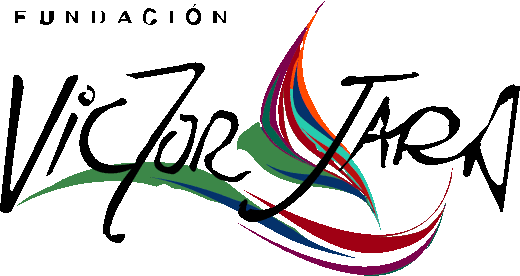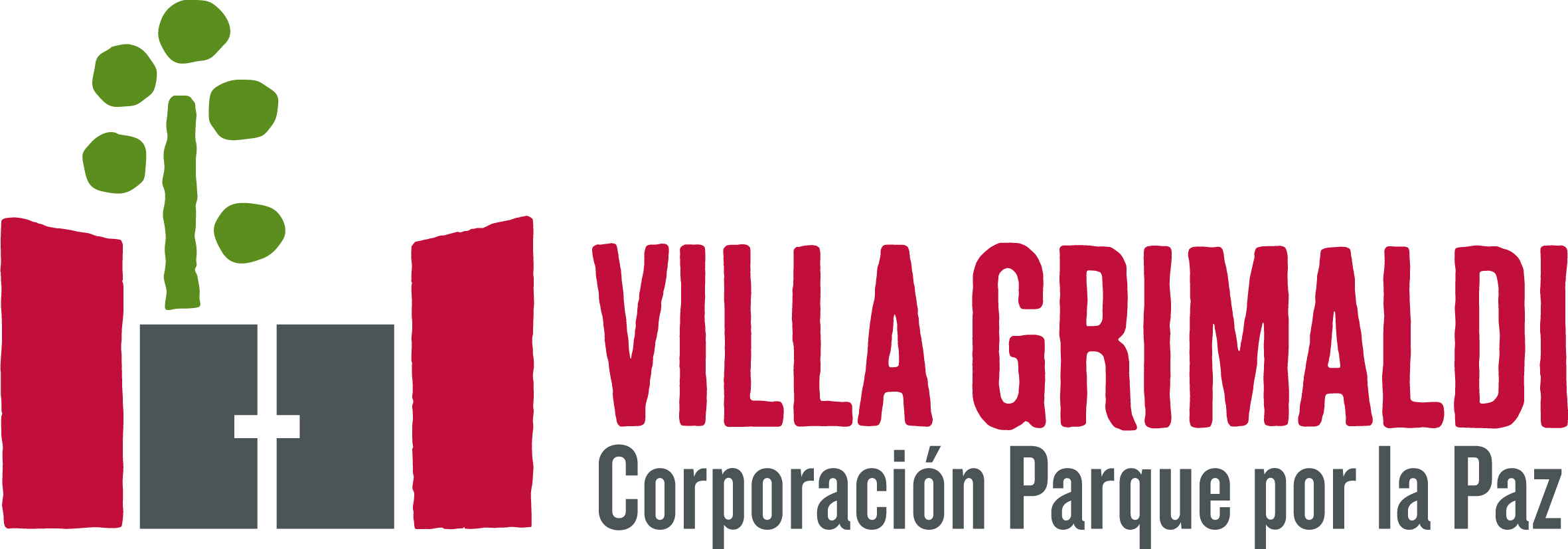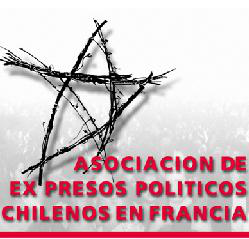 Cantos Cautivos
Cantos Cautivos
299 results where found for «Run Run se fue pa»
Music piece by:
Nicolás Guillén (lyrics) and Quilapayún (music)
Testimony by:
Domingo Lizama
Experience in:
Cárcel de Valdivia / Cárcel de Isla Teja, 1973 - 1978
Tags:
Music piece by:
Eusebio Lillo and Ramón Carnicer
Testimony by:
anonymous
Experience in:
Cárcel de Valdivia / Cárcel de Isla Teja, September 1973
Tags:
Music piece by:
Víctor Jara
Testimony by:
anonymous
Experience in:
Cárcel de Valdivia / Cárcel de Isla Teja, September 1973
Tags:
Let’s Break the Morning (Rompamos la mañana)
Music piece by:
René “Popeye” Cárdenas Eugenin
Testimony by:
María Soledad Ruiz Ovando
Experience in:
Campamento de Prisioneros Isla Dawson, 1973 - 1974
Tags:
Music piece by:
Arturo Dávalos
Testimony by:
Luis Cifuentes Seves
Experience in:
Campamento de Prisioneros Chacabuco, January - February 1974
Tags:
You Can Blame Me (Échame a mí la culpa)
Music piece by:
José Ángel Espinoza, aka Ferrusquillo
Testimony by:
Marcia Scantlebury
Experience in:
Campamento de Prisioneros Cuatro Álamos, June 1975
Tags:
To Be Seventeen Again (Volver a los diecisiete)
Music piece by:
Violeta Parra
Testimony by:
Gabriela Durand
Experience in:
Tags:
They Say the Homeland Is (Dicen que la patria es)
Music piece by:
Chicho Sánchez Ferlosio
Testimony by:
Sergio Reyes Soto
Experience in:
Campamento de Prisioneros Isla Dawson, 1973 - 1974
Tags:
Priests and Soldiers (Curas y milicos)
Music piece by:
Sergio Vesely
Testimony by:
Sergio Vesely
Experience in:
Tags:
Song of a Middle-Class Man (Canción de un hombre medio)
Music piece by:
Sergio Vesely
Testimony by:
Sergio Vesely
Experience in:
Cárcel de Valparaíso, 1976
Tags:
